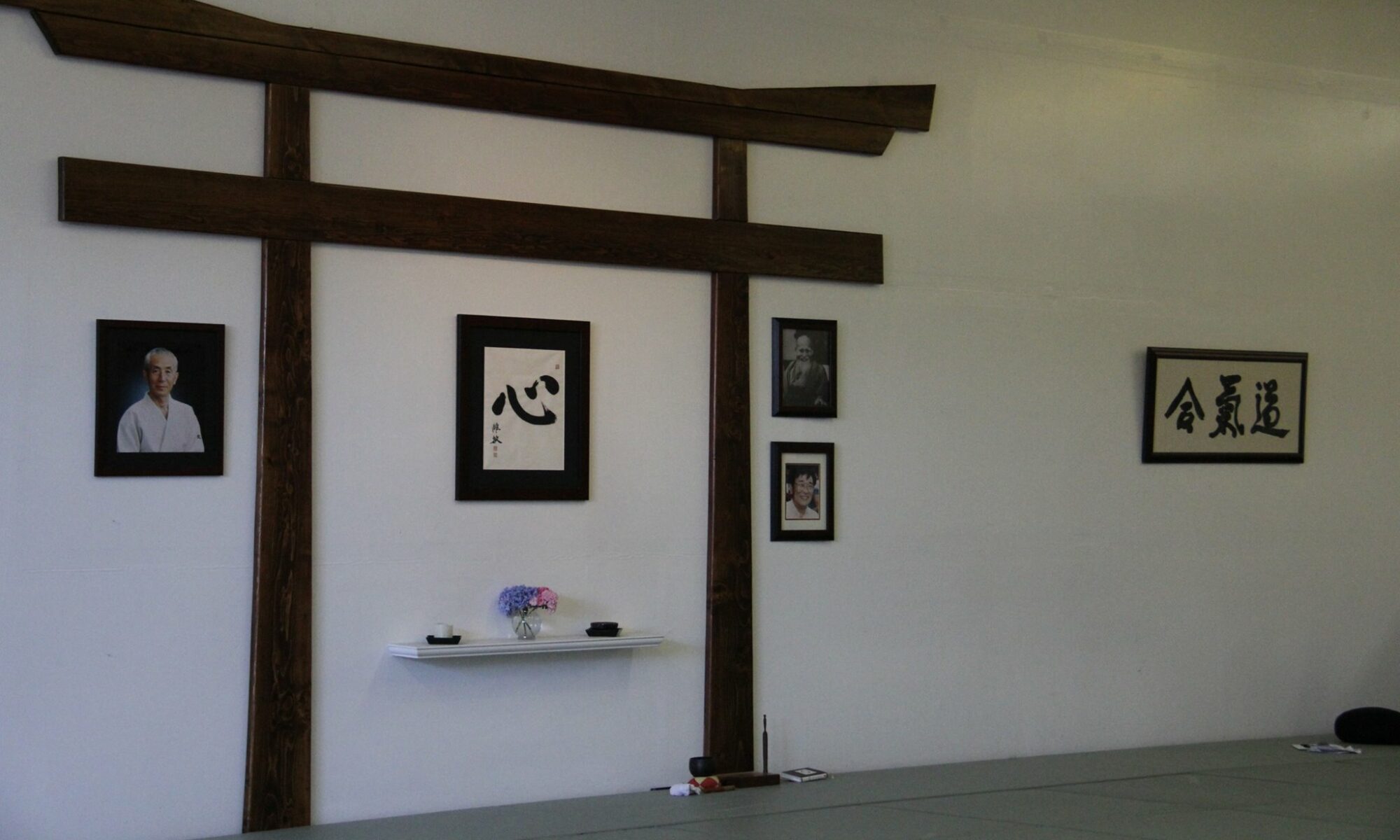We come to our dojo to train so that we’re better able to apply the principles of aikido in our daily lives.
Training in the dojo is an interesting part of any martial art considered a “way” or “do”. The teaching and practice that occurs is often couched in metaphors. And, there’s rarely a clear road-map for students to follow. For most martial artists, it takes decades of studying the techniques, katas, and exercises before they begin to appreciate the fundamental lessons hidden within them. It is for this same reason that martial artist from previous ages would frame learning as “stealing the secrets”.
There’s a famous (likely apocryphal) story of Gichin Funikoshi, the founder of Karate-Do. It goes like this… Funikoshi Sensei, advanced in years, held a seminar for his most senior students from around the world. After the seminar they all went to dinner together and the students were having fun seeing each other and catching up. Then one of the students noticed their teacher sitting quietly moving his arm in the shape of a basic block taught to all beginning students. That student asked: “Sensei, what are your doing? And Funikoshi Sensei responded “I just figured out the lesson in this movement!”…
There are no easy paths to learning how to live in harmony with the energies of the universe. It’s simply a matter of committed and disciplined repetition. However, there is one thing that’s part of committed and disciplined practice that every student can do to make this onerous pursuit more rewarding and seem less daunting. Setting clear training goals and reflecting on them at regular intervals. For any Aikidoka at any level of practice, creating a clear idea of what they want to accomplish and then proceeding to accomplish it will keep the practice and the commitment fresh. At some points the goals may be learning a particular technique, at other points the goal may be finding deeper meaning within a technique, and there are countless points in between. As you’re pondering your training goals, never hesitate to reach out to your instructors for ideas and advice.
By Nate Weed

